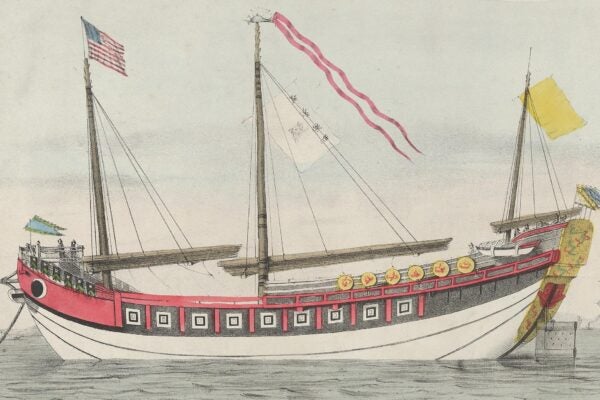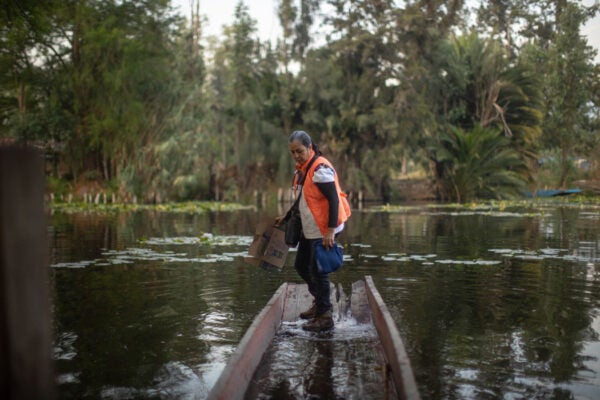Extra Credit: Our pick of stories from around the web that bridge the gap between news and scholarship. Brought to you each Tuesday from the editors of JSTOR Daily.
When men wait until marriage (The Conversation)
By Sarah Diefendorf
When we talk about abstinence and sexual purity, we’re usually talking about women. But research on men who make these religious pledges shows that they face plenty of complicated issues, too.
Data from the center of the earth (IFL Science)
by Robin Andrews
The core of the earth is really, really far down there, so figuring out anything about it is tricky. But new research has given us a much better understanding of just when the core formed.
The physiology of silly walks (New York Magazine)
by Susan Rinkunas
If you’re interested in burning more calories when you walk, a new study says all you have to do is change pace a lot, switch your walking style, and generally “do weird things.” And yes, this could be a thumbs-up for Prancercise.
Crime and crime shows (Pacific Standard)
by Tom Jacobs
What do we learn about the nature of crime when we watch crime dramas? A study of college students shows that the ones who watch Law and Order seem to have picked up very different ideas about rape myths than CSI fans.
Why adopted kids have a tough time in school (The Atlantic)
by Olga Khazan
Adopted kids get more parental attention and support than average, but studies show they still struggle more with academic and behavioral challenges. The data suggests just how much early childhood experiences can influence kids in the longer term.
Have you seen a story online that does a good job of bridging the gap between the news and scholarship? Or something that seems particularly well-researched? Let us know and we may include it in next week’s roundup. Email us at jstordaily_submissions (at) jstor (dot) org.






